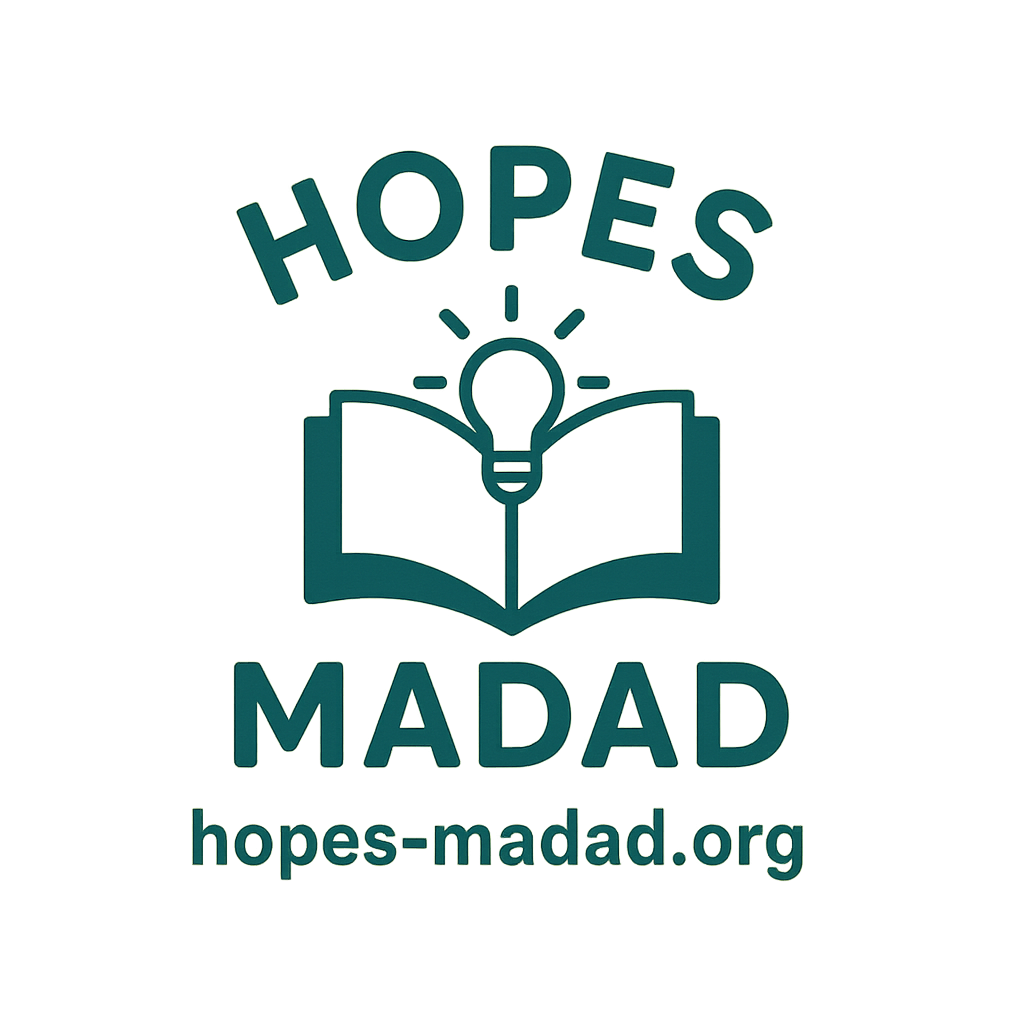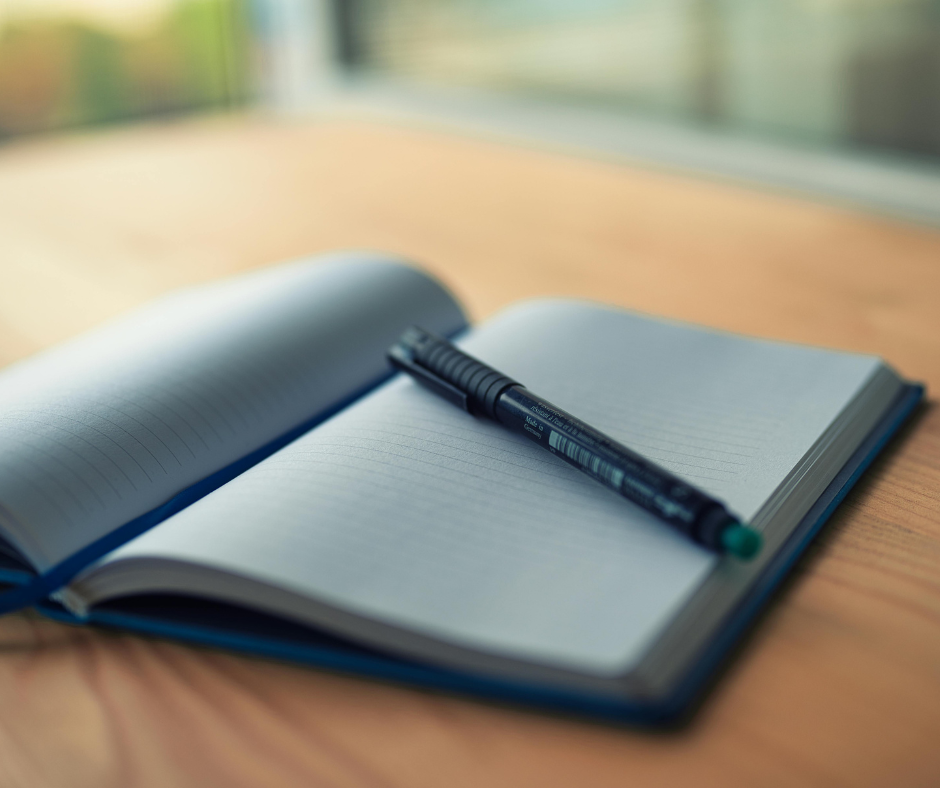I didn’t work on HOPES–Madad. I heard about it the way most good things travel, at kitchen tables and on late buses. Friends came home with stamped pages and a short list that turned noise into a plan. They’d say, “This part helped,” and then show me the scrap of paper that made the week make sense. I started saving those scraps and reading around the edges to understand what sat behind them.
Here’s the plain version.
HOPES stands for Higher and Further Education Opportunities and Perspectives for Syrians. “Madad” is the name of the EU fund that backed it. Think of it as a regional push to keep study within reach in the years after the Syrian crisis began. It wasn’t one thing; it was a bundle of practical tracks. There was counselling so a person could map a path that matched their life. There were scholarships, both full and shorter courses. There were English and preparatory classes that made the next step possible. There were small, local projects that solved the kinds of problems that slow everything else down. And there were regular conversations between universities and ministries so people weren’t reinventing the wheel in separate rooms.
The countries my friends talked about matched that map: Egypt, Iraq, Jordan, Lebanon, Turkey. The dates they mentioned sat roughly between 2016 and the start of the new decade, with a follow-on in Lebanon when the regional phase wrapped up. The banners eventually came down, but the effects lasted in ordinary ways. A language certificate opened an application. A piece of advice saved a wasted trip. A small grant kept a classroom running on time because someone fixed the door and the wind stopped stealing ten minutes every lesson.
What made me pay attention wasn’t the size of it. It was how often the last mile worked. A counsellor would write three steps on the back of a flyer: what to find, where to take it, when to come back. It didn’t read like a grand plan. It read like a week you could actually do. When my friends followed the steps, things moved.
The first story that hooked me was a friend who had paused her degree twice. She didn’t want speeches; she wanted to know whether her certificate would be recognised for the intake that still had places. Someone sat with her, looked at what she had, and helped her write one email with a clear subject and one question. She got the answer she needed the next morning and enrolled on a bridging course that kept the door open. I still have her message from that day. It says, simply, “Finally makes sense.”
Where is it now? Programmes end, funding streams change names, and new instruments take over. The day-to-day work carried on in universities and recognition offices. If you want the formal backbone for how recognition works today, the place I start is ENIC-NARIC. It won’t tell your story; it will tell you who evaluates what and which documents are usually needed in each country. Use it for rules. Use this blog for the last mile.
ENIC-NARIC https://www.enic-naric.net/
Why do I write about this if I wasn’t staff? Because I like research the way some people like puzzles. Give me three versions of the same rule and I’ll sit with a notebook until the shapes line up. Also because I kept seeing the same small moves win the day. Photograph every page before you hand it over. Match your name to your ID on every line. Ask one question per email with an intake month and year. Bring coins because the copier in some buildings still eats notes. None of that is glamorous. All of it is useful.
The personal part: I live on Spain’s Costa Blanca with my family. My day job is unrelated. I write in the edges of the day: ten quiet minutes in the car outside the pabellón while futsal runs late, a bench near the playground if the wind drops, the kitchen table after the dishwasher clicks off. Friends still send photos from corridors with numbers and stamps, and I still ask for close-ups of corners so we can tell what’s missing. It’s a hobby the way running routes on a map is a hobby. You go out, you try it, you come back with a better path for the next person.
So that’s the scene. HOPES–Madad was the scaffolding that helped a lot of people move, and in one country it kept going after the regional phase ended. The big programmes have their timelines and logos; the useful bit that stuck with me is smaller. One page with three steps. One email that gets a reply. One morning saved because the stamp went on the copy as well as the original. That’s what I’ll keep writing down here: the last mile, in plain words, so it’s still in reach when you need it.

